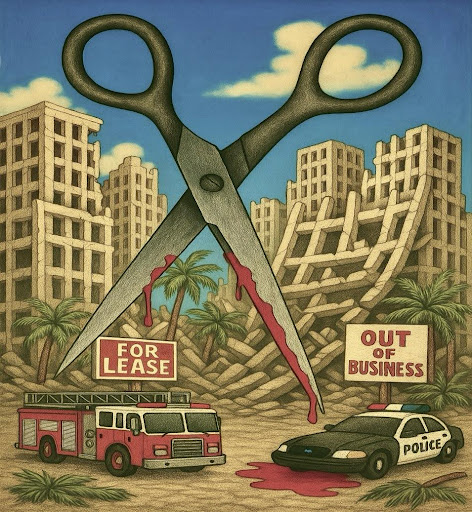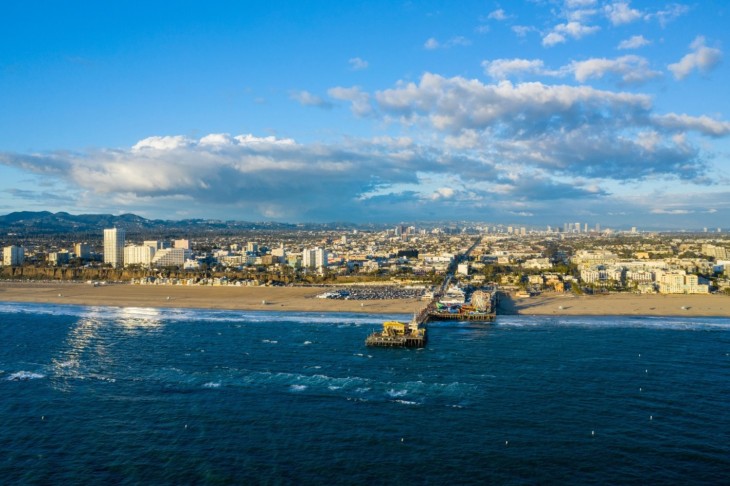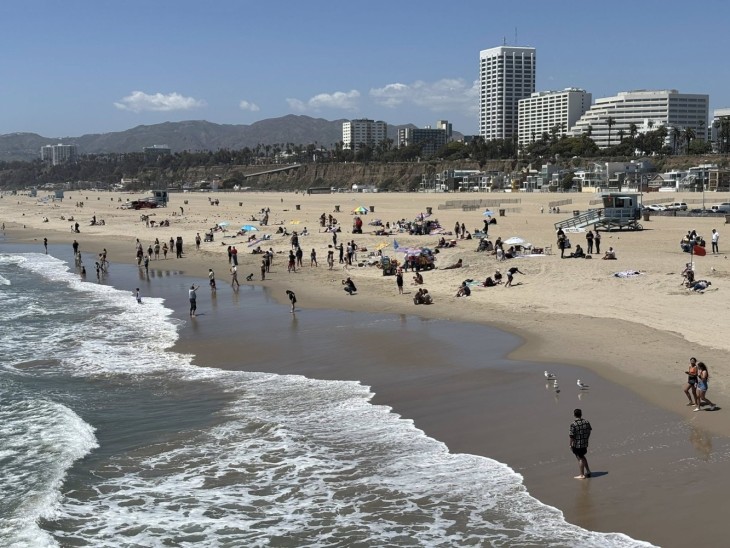It’s just not enough anymore to call the trustees of the California State University system insensitive or tone-deaf. Some of their recent actions indicate they border on the totally insensate.
How else to explain the fact that in one 24-hour period this spring, this board first voted to accept virtually no new admissions for the spring semester of next year as a drastic cost-cutting measure, then pivoted quickly and gave large raises to two of its campus presidents?
The almost-no-new-admissions policy is the result of a looming $750 million cut in funding from the state and will affect at least 16,000 prospective students. Those thousands will not only have to wait longer to begin drawing the higher salaries that college graduates usually make compared with those owning only high school diplomas, they’ll have their careers delayed and thus will likely earn tens of thousands of dollars less in their lifetimes than they otherwise would.
Another $200 million could be cut from CSU if Gov. Jerry Brown’s proposed tax increase initiative fails in November. The two cuts together could bar as many as 25,000 qualified students from attending state universities in the 2013-14 school year.
At the same time they’re penalizing those prospective students – many of whom will have to wait at least six months longer than usual before transferring from community colleges – they approved pay packages including 10 percent raises over the levels of their predecessors for the new presidents of Cal State Fullerton and Cal State East Bay in Hayward
New East Bay president Leroy Morishita will get a base salary of $303,660 and new Fullerton chief Mildred Garcia $324,500, thousands more than the immediate previous presidents. Each will also get a $12,000 car allowance and a $60,000 annual housing allowance. The allowances alone are more than double the median per capita income of $35,000 reported on California income tax returns in 2010.
The pay increases came after trustees raised tuition for this fall to $7,017, not including essentials like room, board and books. The tuition is double what CSU cost just five years ago and represents a 21.6 percent rise from last year.
In short, the raises mean Cal State’s trustees are transferring money from students and their families to university administrators in unprecedented quantities, using the excuse that the pay increases are needed to attract and retain top talent. Some may legitimately wonder just how “top” the current talent is, though, considering the decline in esteem, class offerings and enrollments the state universities have undergone in the last few years. A lurking suspicion among outsiders is that there might have been different results with different administrators.
While some proposals to stabilize tuition have been floated in the Legislature, none originated with the CSU system.
The pay increases were said to be the maximum the trustees could hand out under a policy they approved in January. But the car and housing allowances were an obvious end run around those limits. They will be considered taxable income when Garcia and Morishita file income tax returns next year.
The juxtaposition and insensitivity of the trustee actions predictably drew complaints from students. “Their priorities are obviously to keep the administrators happy, not to serve the students, and we’re the reason these colleges are here,” moaned Dominguez Hills junior June Harrison.
There were also gripes from politicians. “I do think when you are talking $250,000 to $300,000 and you also give housing and car allowances, that’s a lot given the retrenchment that we all have to face,” said Brown, whose own salary is more than $100,000 less than the new CSU presidents will make.
And yet, politicians are not yet so unhappy they’re willing to put the clamps on executive pay. That became clear when the state Senate Committee on Education voted down a bill by San Francisco Democrat Leland Yee that sought to ban raises for top administrators within two years of a student fee increase. Instead, the committee’s Democratic majority pushed through a bill guaranteeing annual 10 percent pay hikes for top executives. For the new presidents, that would be more than $30,000 additional each per year.
The bottom line: Even if the trustees were using their newly-enacted closed-door on mid-year enrollments as a tactic to pressure Californians into voting for Brown’s tax measure, their move was wrongheaded. For the fewer students they let into 23-campus system, the farther they move from the very purpose of their existence.


























